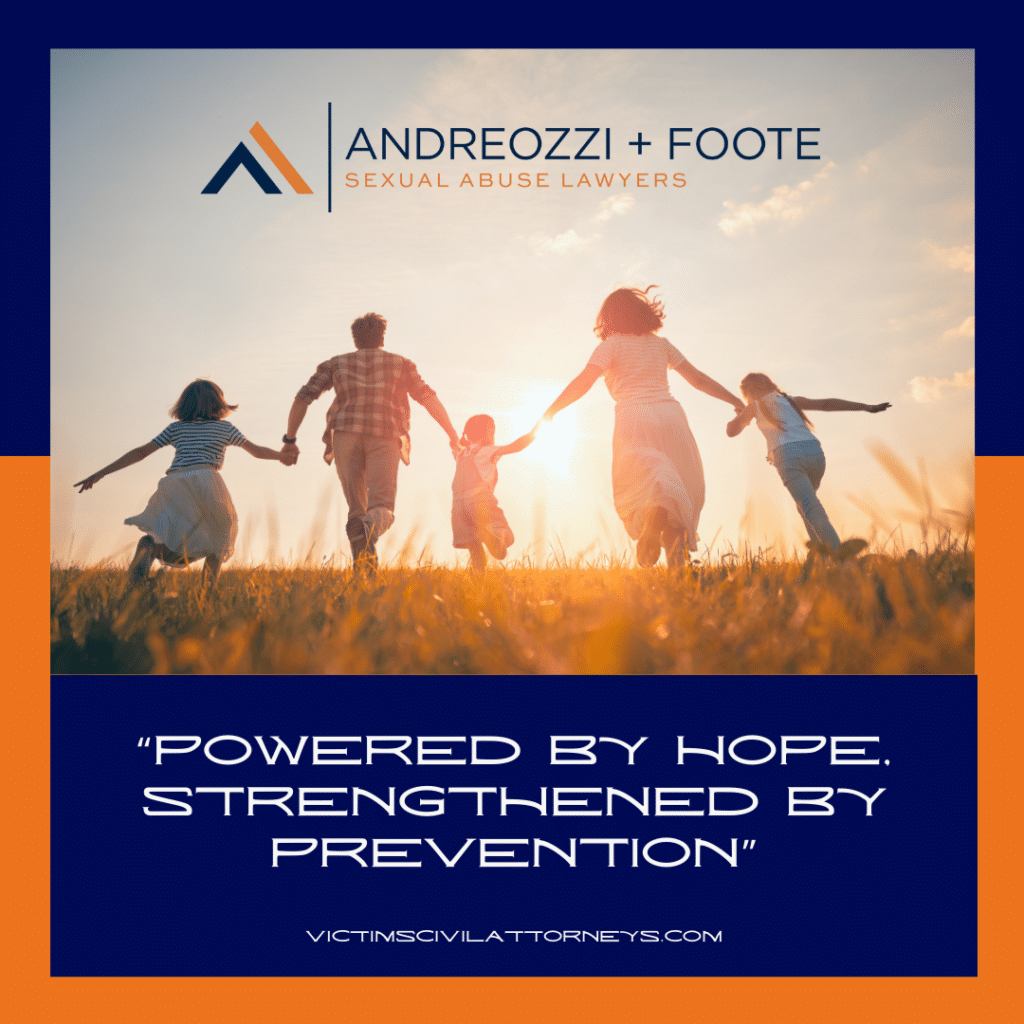April is not only a time of blooming flowers and warmer weather but also a time to raise awareness about an issue that affects millions of children worldwide: child abuse. As we observe Child Abuse Prevention Month this April, it’s crucial to shine a light on the alarming statistics, the harrowing experiences of victims, and the steps needed for healing and accountability.
Understanding the Impact.
Child abuse encompasses various forms of maltreatment, including physical, sexual, emotional, and neglect. According to the World Health Organization (WHO), approximately 1 in 4 adults report having experienced physical abuse as children, and 1 in 5 women and 1 in 7 men report having experienced sexual abuse as children. Last year this statistic was 1 in 13 men, showing that not only are men just as at risk, they are feeling safer reporting. These statistics only scratch the surface, as many cases of child abuse go unreported or unrecognized.
In the United States alone, the National Children’s Alliance reported that nearly 600,000 children are abused annually. These figures are staggering and underscore the urgent need for action to prevent and address child abuse in all its forms.
The Trauma of Child Abuse
Child abuse inflicts profound and lasting trauma on its victims, impacting every aspect of their lives. Victims of abuse often suffer from a range of physical, emotional, and psychological consequences, including:
- Emotional Scars: Deep-seated emotional wounds, including feelings of fear, shame, guilt, and worthlessness. Many survivors struggle with depression, anxiety, PTSD, and other mental health disorders as a result of their traumatic experiences.
- Interpersonal Difficulties: Victims may have difficulty forming and maintaining healthy relationships. Trust issues, fear of intimacy, and challenges with communication are common among survivors.
- Physical Health Impact: The physical toll can be significant, ranging from chronic pain and disabilities to long-term health conditions such as heart disease, obesity, and substance abuse.
- Educational and Socioeconomic Consequences: Child abuse can hinder a child’s academic achievement and prospects. As a result, this leads to lower educational attainment and economic instability in adulthood.
Healing and Recovery
Healing from the trauma of child abuse is a complex and challenging journey that requires comprehensive support and resources. Victims of abuse need access to trauma-informed therapy, counseling, and support groups. As a result, they can better process their experiences, rebuild their self-worth, and develop healthy coping mechanisms.
In addition to individual therapy, survivors may benefit from holistic approaches to healing, including art therapy, yoga, and mindfulness practices. Creating safe and supportive environments where survivors feel heard, believed, and empowered is essential to their recovery.
Accountability and Prevention
Institutional accountability plays a crucial role in preventing child abuse and holding perpetrators and enablers accountable for their actions. Institutions, including schools, churches, and daycare centers, must have robust policies and procedures in place to prevent, identify, and respond to allegations of abuse.
Moreover, institutions that knowingly fail to protect children from abuse must be held civilly accountable for their negligence. Legal remedies, including civil lawsuits and financial compensation, can give survivors a sense of justice and validation for their experiences. Our attorneys are trauma-informed and have held countless institutions accountable for failing to protect children.
As we observe Child Abuse Awareness Month this April, let us renew our commitment to protecting the most vulnerable members of our society and ensuring that survivors of abuse receive the support and justice they deserve. By raising awareness, promoting prevention efforts, and holding institutions accountable for their actions, we can work together to create a safer and more compassionate world for all children.
Let us stand in solidarity with survivors, amplify their voices, and advocate for meaningful change.



